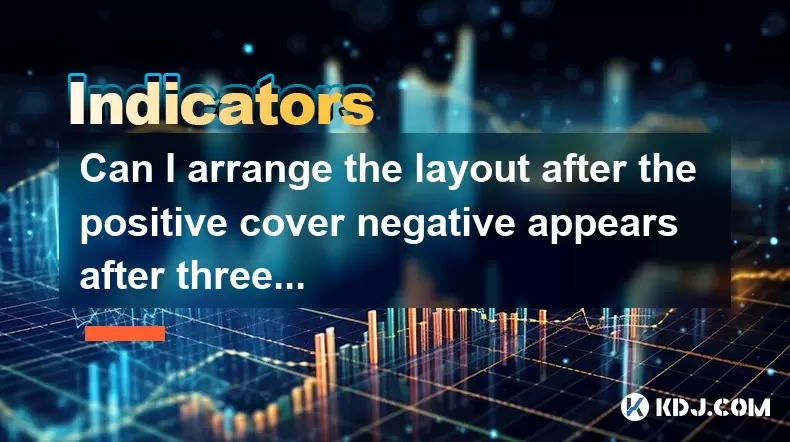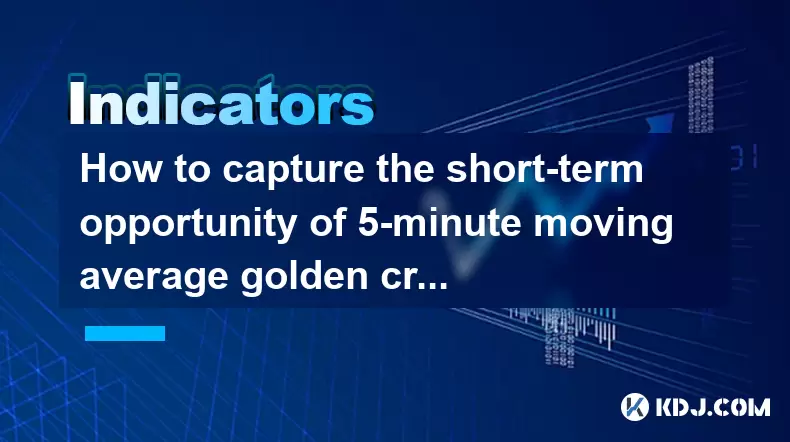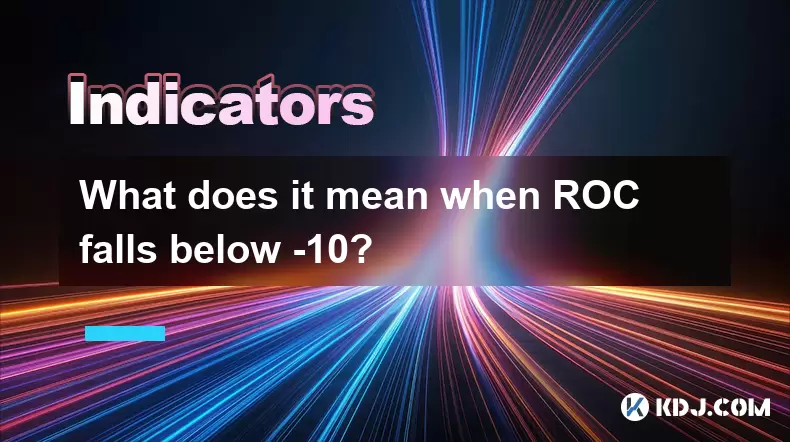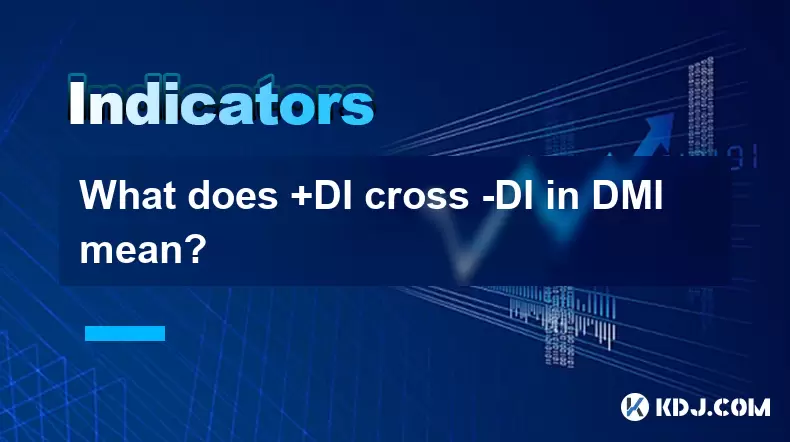-
 Bitcoin
Bitcoin $118900
1.66% -
 Ethereum
Ethereum $3735
1.35% -
 XRP
XRP $3.506
0.71% -
 Tether USDt
Tether USDt $1.000
-0.01% -
 BNB
BNB $799.4
5.78% -
 Solana
Solana $202.0
1.87% -
 USDC
USDC $0.9999
0.00% -
 Dogecoin
Dogecoin $0.2661
1.89% -
 Cardano
Cardano $0.8877
1.59% -
 TRON
TRON $0.3173
2.45% -
 Hyperliquid
Hyperliquid $45.00
2.59% -
 Stellar
Stellar $0.4723
3.40% -
 Sui
Sui $3.970
1.32% -
 Chainlink
Chainlink $19.67
1.94% -
 Hedera
Hedera $0.2710
1.99% -
 Avalanche
Avalanche $25.74
-0.01% -
 Bitcoin Cash
Bitcoin Cash $528.1
1.98% -
 Litecoin
Litecoin $120.1
3.57% -
 Shiba Inu
Shiba Inu $0.00001525
1.26% -
 UNUS SED LEO
UNUS SED LEO $8.989
-0.01% -
 Toncoin
Toncoin $3.304
1.74% -
 Polkadot
Polkadot $4.531
3.38% -
 Uniswap
Uniswap $10.74
2.51% -
 Ethena USDe
Ethena USDe $1.001
0.00% -
 Monero
Monero $325.5
2.44% -
 Pepe
Pepe $0.00001413
1.31% -
 Bitget Token
Bitget Token $4.860
0.85% -
 Dai
Dai $0.9999
0.01% -
 Aave
Aave $307.3
-2.07% -
 Bittensor
Bittensor $448.8
2.91%
Can I arrange the layout after the positive cover negative appears after three consecutive negatives with reduced volume?
A positive cover negative pattern after three bearish candles with reduced volume may signal weakening bearish momentum, but confirmation through volume and additional indicators is crucial before considering a potential trend reversal.
Jun 29, 2025 at 01:50 pm

Understanding the Concept of "Positive Cover Negative" in Trading
In the world of cryptocurrency trading, technical analysis plays a crucial role in decision-making. One such pattern that traders often refer to is the positive cover negative scenario. This occurs when a positive candlestick appears after a series of negative (bearish) candles and seems to "cover" or absorb the previous bearish momentum.
This phenomenon is especially significant when it follows three consecutive negative candles, which typically signals strong downward pressure. When a positive candle emerges after such a sequence, it may indicate a potential reversal in trend. However, this assumption must be verified with other indicators, particularly volume.
Important: A positive cover negative pattern is not an automatic buy signal but rather a sign that bears might be losing control.
The Role of Volume in Confirming Candlestick Patterns
Volume is one of the most critical factors in confirming any candlestick pattern. In the context of a positive cover negative formation following three bearish candles, reduced volume during the bullish candle can alter the interpretation significantly.
When volume decreases during the appearance of the positive candle, it suggests that the buying pressure may not be strong enough to reverse the trend. Traders should pay close attention to this dynamic because low volume could imply lack of conviction among buyers.
- Check whether the positive candle fully engulfs the previous negative candles.
- Compare the volume of the positive candle with the average volume of the past few sessions.
- Observe if the price breaks above key resistance levels on increased volume later.
Important: Reduced volume during the positive candle diminishes the reliability of the reversal signal.
How to Analyze Layout Arrangement After Such Patterns
The question of whether you can arrange the layout after observing a positive cover negative following three negatives with reduced volume depends largely on your strategy and the tools you use for chart analysis.
If you're using platforms like TradingView or Binance's native charting tools, you have the ability to customize your layout by adding indicators, annotations, and even alerts based on specific candlestick patterns. The idea is to structure your workspace in a way that allows quick recognition of these setups.
- Add RSI and MACD to confirm overbought/oversold conditions.
- Use Fibonacci retracement to identify potential support zones.
- Place volume profile indicators to better understand market participation.
Important: Customizing your layout enhances your reaction time but doesn't guarantee profitable trades without proper analysis.
Interpreting the Pattern in the Context of Crypto Markets
Cryptocurrency markets are known for their volatility and rapid reversals. Therefore, recognizing a positive cover negative pattern after three bearish candles in a crypto chart requires a nuanced approach.
Unlike traditional markets, crypto assets can experience sudden surges due to news events, whale movements, or macroeconomic changes. Thus, while the pattern may appear technically valid, external factors can override candlestick signals.
- Review recent news related to the asset in question.
- Monitor social sentiment on platforms like Twitter or Telegram.
- Check for unusual on-chain activity that might hint at accumulation or distribution.
Important: Technical patterns in crypto should always be cross-checked with fundamental and sentiment-based data.
Steps to Validate the Reversal Signal Before Taking Action
Before acting on any trade setup derived from a positive cover negative pattern, especially after three consecutive negatives with reduced volume, it's essential to validate the strength of the reversal.
Here’s how you can do that:
- Wait for the next candle after the positive one to close above its high — this confirms strength.
- Look for increasing volume in subsequent candles to confirm growing buyer interest.
- Use moving averages (like the 50 EMA) to see if the price is respecting or rejecting them post-pattern.
Important: Patience is key — entering too early can expose you to false breakouts and whipsaws.
Frequently Asked Questions
Q1: What does a positive cover negative mean in simple terms?
A positive cover negative refers to a situation where a bullish candle completely or partially engulfs the range of previous bearish candles, suggesting a possible shift in momentum from sellers to buyers.
Q2: Can I rely solely on candlestick patterns for trading decisions?
No, candlestick patterns should be used in conjunction with other tools like volume analysis, moving averages, and support/resistance levels to increase the probability of successful trades.
Q3: Why is volume important in confirming a reversal pattern?
Volume indicates the strength behind price movement. High volume during a bullish candle adds credibility to a potential reversal, whereas low volume suggests weak participation and lower reliability.
Q4: How long should I wait before confirming a reversal after a positive cover negative pattern?
It’s generally advisable to wait for at least one or two more candles to close in the direction of the new trend before confirming the reversal and considering entry points.
Disclaimer:info@kdj.com
The information provided is not trading advice. kdj.com does not assume any responsibility for any investments made based on the information provided in this article. Cryptocurrencies are highly volatile and it is highly recommended that you invest with caution after thorough research!
If you believe that the content used on this website infringes your copyright, please contact us immediately (info@kdj.com) and we will delete it promptly.
- Sui Price, Open Interest, and the $4 Breakout: Will SUI Surge?
- 2025-07-23 22:50:13
- BlockDAG, XRP, and DOT: Riding the Crypto Wave Like a Wall Street Pro
- 2025-07-23 23:10:13
- NFT Penguins Rally: PENGU's Rise and the CryptoBatz Bounce
- 2025-07-23 23:10:13
- Dogecoin's Future: Will the Meme Dream Live On?
- 2025-07-23 22:30:13
- Mara's Bitcoin Bet: Debt, Mining, and Shadow Banking?
- 2025-07-23 22:30:13
- Rick Harrison, Gold Coins, and Pawn Stars: A Deep Dive into the World of High-Stakes Haggling
- 2025-07-23 23:15:12
Related knowledge

How to capture the short-term opportunity of 5-minute moving average golden cross + 1-minute MACD bar line volume?
Jul 23,2025 at 10:29pm
Understanding the 5-Minute Moving Average Golden CrossThe 5-minute moving average golden cross occurs when a short-term moving average, typically the ...

What does it mean when ROC falls below -10?
Jul 23,2025 at 09:29pm
Understanding the Rate of Change (ROC) Indicator in Cryptocurrency TradingThe Rate of Change (ROC) indicator is a momentum oscillator used widely in t...

What does +DI cross -DI in DMI mean?
Jul 23,2025 at 09:49pm
Understanding the DMI Indicator ComponentsThe Directional Movement Index (DMI) is a technical analysis tool developed by J. Welles Wilder to assess th...

Advanced RSI strategies for crypto
Jul 13,2025 at 11:01am
Understanding the Basics of RSI in Cryptocurrency TradingThe Relative Strength Index (RSI) is a momentum oscillator used to measure the speed and chan...

Crypto RSI for day trading
Jul 12,2025 at 11:14am
Understanding RSI in the Context of Cryptocurrency TradingThe Relative Strength Index (RSI) is a momentum oscillator used to measure the speed and cha...

Crypto RSI for scalping
Jul 12,2025 at 11:00pm
Understanding RSI in the Context of Crypto TradingThe Relative Strength Index (RSI) is a momentum oscillator widely used by traders to measure the spe...

How to capture the short-term opportunity of 5-minute moving average golden cross + 1-minute MACD bar line volume?
Jul 23,2025 at 10:29pm
Understanding the 5-Minute Moving Average Golden CrossThe 5-minute moving average golden cross occurs when a short-term moving average, typically the ...

What does it mean when ROC falls below -10?
Jul 23,2025 at 09:29pm
Understanding the Rate of Change (ROC) Indicator in Cryptocurrency TradingThe Rate of Change (ROC) indicator is a momentum oscillator used widely in t...

What does +DI cross -DI in DMI mean?
Jul 23,2025 at 09:49pm
Understanding the DMI Indicator ComponentsThe Directional Movement Index (DMI) is a technical analysis tool developed by J. Welles Wilder to assess th...

Advanced RSI strategies for crypto
Jul 13,2025 at 11:01am
Understanding the Basics of RSI in Cryptocurrency TradingThe Relative Strength Index (RSI) is a momentum oscillator used to measure the speed and chan...

Crypto RSI for day trading
Jul 12,2025 at 11:14am
Understanding RSI in the Context of Cryptocurrency TradingThe Relative Strength Index (RSI) is a momentum oscillator used to measure the speed and cha...

Crypto RSI for scalping
Jul 12,2025 at 11:00pm
Understanding RSI in the Context of Crypto TradingThe Relative Strength Index (RSI) is a momentum oscillator widely used by traders to measure the spe...
See all articles

























































































